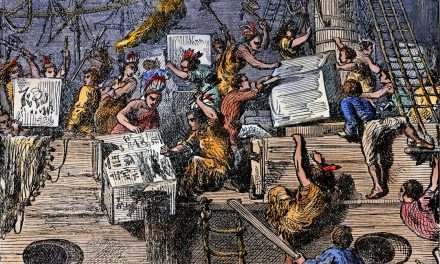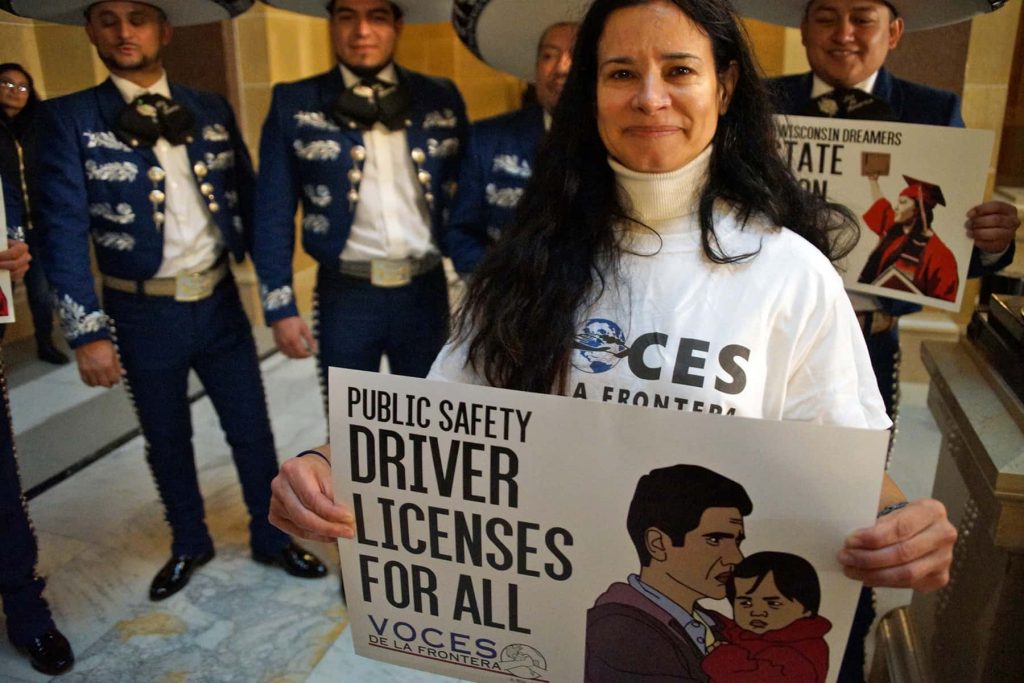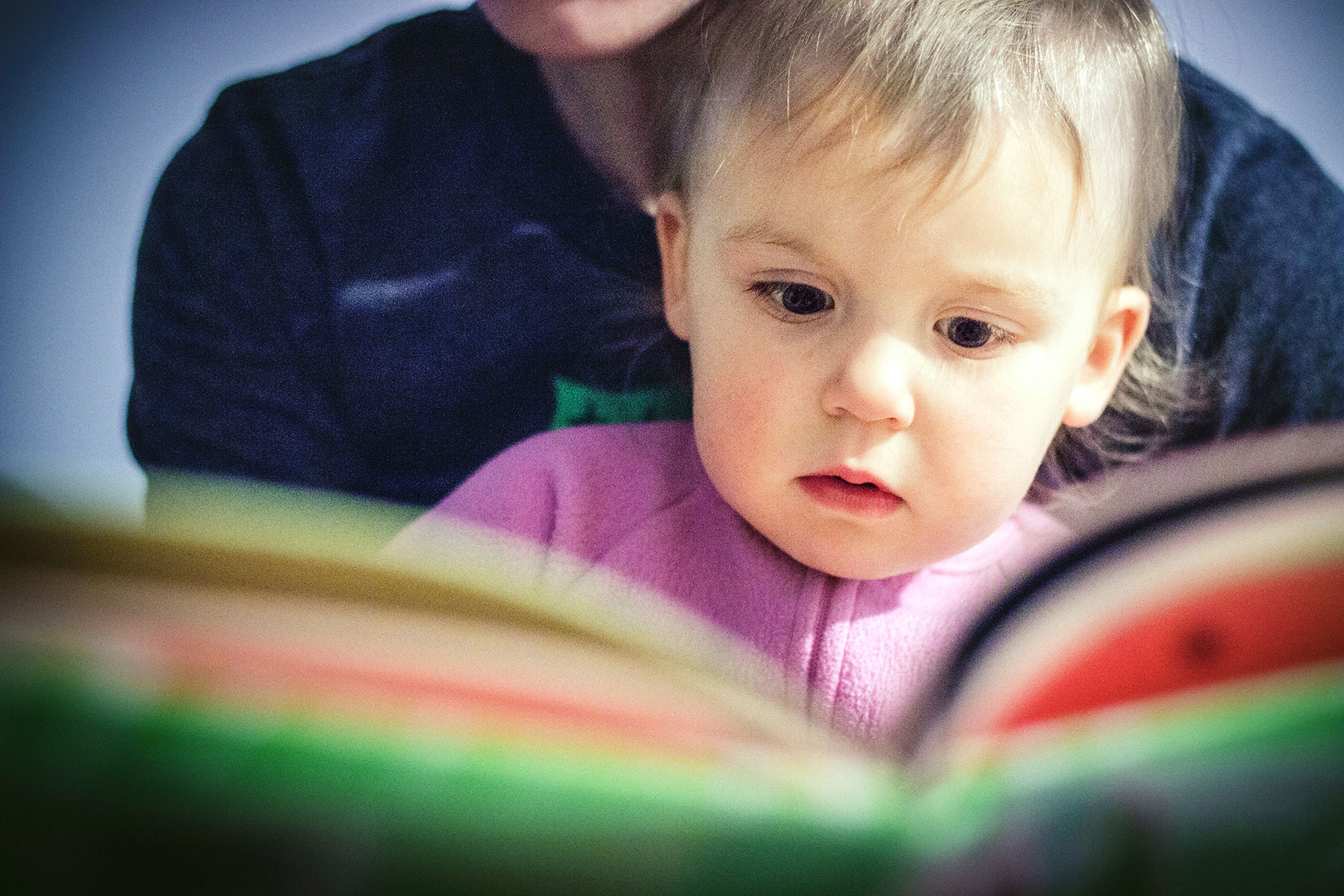
Research from Harvard University suggests that children as young as three years old, when exposed to racism and prejudice, tend to embrace and accept it, even though they might not understand the feelings.
By age 5, white children are strongly biased towards whiteness. To counter this bias, experts recommend acknowledging and naming race and racism with children as early and as often as possible. Children’s books are one of the most effective and practical tools for initiating these critical conversations, and they can also be used to model what it means to resist and dismantle oppression.
Beyond addressing issues of race and racism, this children’s reading list focuses on taking action. It highlights resistance, resilience and activism; and seeks to empower youth to participate in the ongoing movement for racial justice. These books showcase the diverse ways people of all ages and races have engaged in anti-racist activism, and highlight how race intersects with other issues, such as capitalism, class and colonization.
The majority of books center activists of color, whose lives and bodies have been on the front lines of racial justice work, yet whose stories often go untold. The essential work of white activists is also included — to underscore that anti-racist work is not the responsibility of people of color; and exemplify the ways white allies have stood up against racial injustice. This list was curated by The Conscious Kid Library and American Indians in Children’s Literature, in partnership with Raising Race Conscious Children.
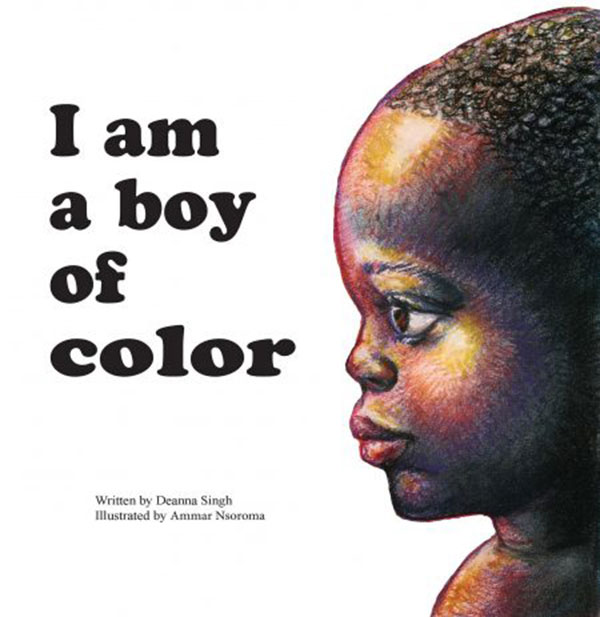
I Am a Boy of Color
This children’s picture book is a tribute to the beauty and power boys of color possess. It is a positive visual image of boys of color to counter the ones that now consume our mainstream media. The children depicted in the book represent all different ethnic backgrounds, engaging in the joy of childhood. It is a more accurate reflection of what we see in our homes and communities—amazing boys of color that will become phenomenal men. Ages 3–7.
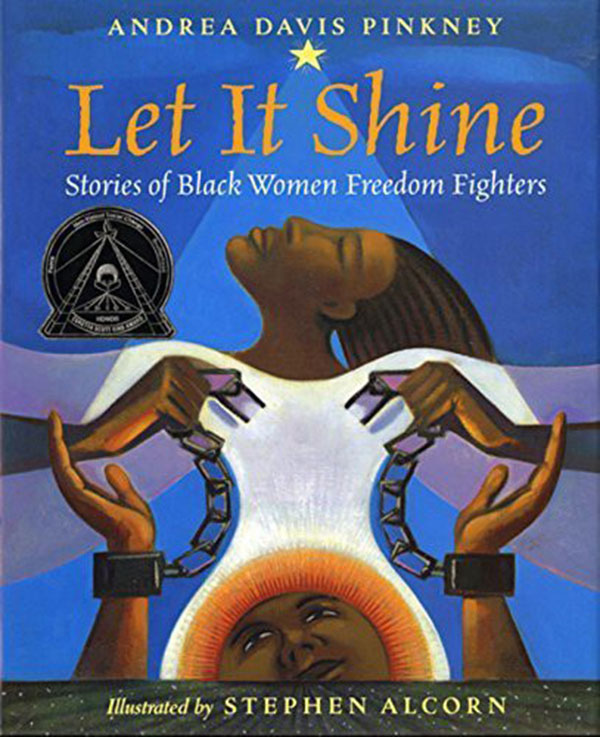
Let It Shine:
Stories of Black Women Freedom Fighters
Rosa Parks refused to give up her seat on a bus and sparked a boycott that changed America. Harriet Tubman helped hundreds of slaves escape the South on the Underground Railroad. The lives of ten Black women activists are featured in an incredible story about courage in the face of oppression; about the challenges and triumphs of the battle for civil rights; and about speaking out for what you believe in — even when it feels like no one is listening. Ages 6–9.
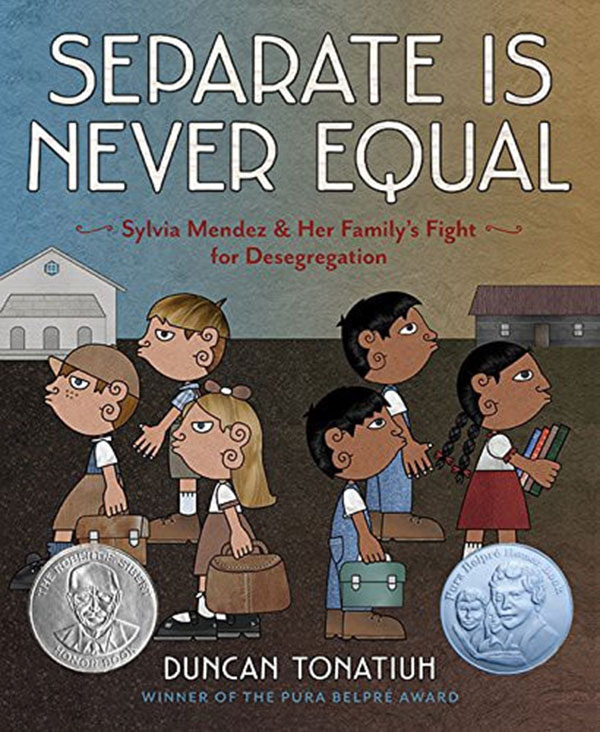
Separate is Never Equal:
Sylvia Mendez & Her Family’s Fight for Desegregation
Almost 10 years before Brown v. Board of Education, Sylvia Mendez and her parents helped end school segregation in California. Mendez, an American citizen of Mexican and Puerto Rican heritage, was denied enrollment to a “Whites only” school. Her parents took action by organizing the Latinx community and filing a lawsuit in federal district court. Their success eventually brought an end to the era of segregated education in California. Ages 6–9.
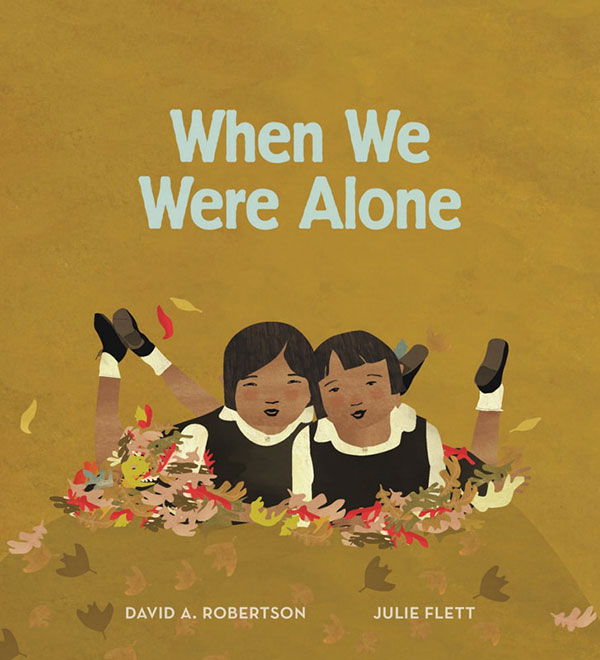
When We Were Alone
When a young girl helps tend to her grandmother’s garden, she begins to notice things that make her curious. Why does her grandmother have long braided hair and beautifully colored clothing? Why does she speak another language and spend so much time with her family? As she asks her grandmother about these things, she is told about life in a residential school a long time ago, where all of these things were taken away. When We Were Alone is a story about a difficult time in history and, ultimately, one of resilience, empowerment and strength. Ages 4–8.
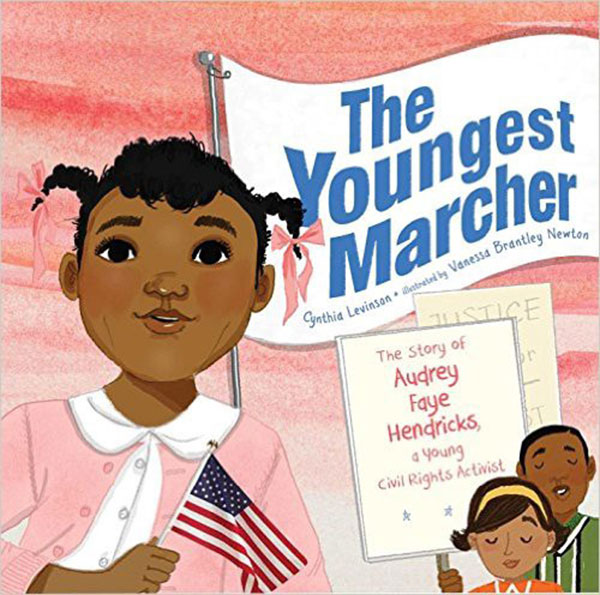
The Youngest Marcher:
The Story of Audrey Faye Hendricks, A Young Civil Rights Activist
Meet the youngest known child to be arrested for a civil rights protest in Birmingham, Alabama, 1963. This moving picture book proves you’re never too little to make a difference. When nine-year-old Audrey Faye Hendricks heard grown-ups talk about wiping out Birmingham’s segregation laws, she volunteered to get arrested, even though it meant she would have to go to jail. This is the remarkable and inspiring story of one child’s role in the Civil Rights Movement. Ages 5–10.
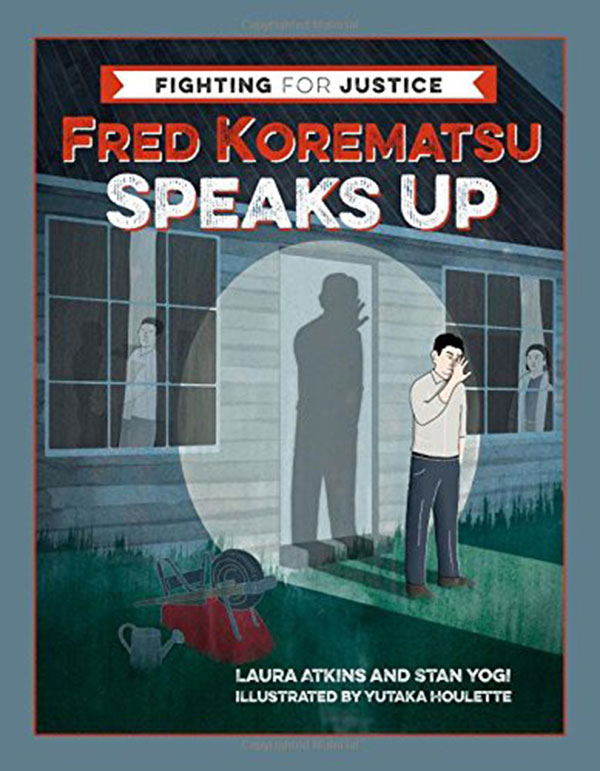
Fred Korematsu Speaks Up
Fred Korematsu liked listening to music on the radio, playing tennis, and hanging around with his friends — just like lots of other Americans. But everything changed when the United States went to war with Japan in 1941. The government forced all people of Japanese descent to leave their homes on the West Coast and move to concentration camps. This included Fred, whose parents had immigrated to the United States from Japan many years before. But Fred refused to go. He knew that what the government was doing was unfair. And when he got put in jail for resisting, he knew he couldn’t give up. Ages 6–10.
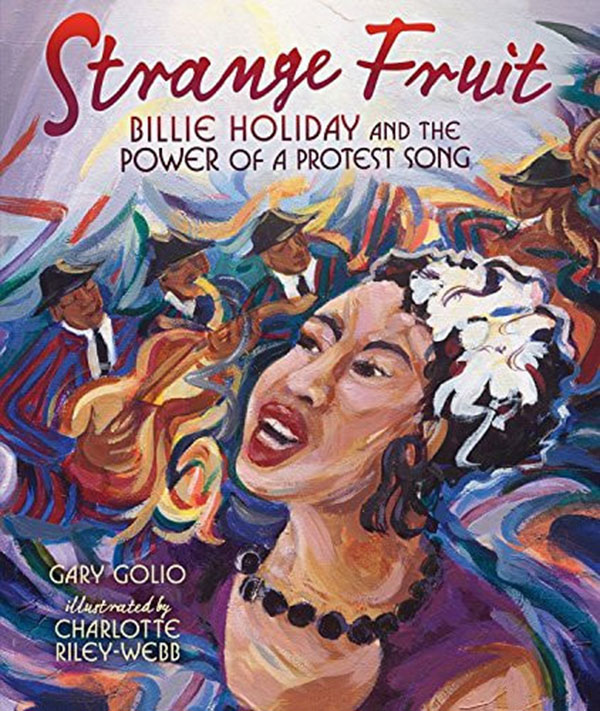
Strange Fruit:
Billie Holiday and the Power of a Protest Song
The audience was completely silent the first time Billie Holiday performed a song called “Strange Fruit.” In the 1930s, Billie was known as a performer of jazz and blues music, but this song wasn’t either of those things. It was a song about injustice, and it would change her life forever. Discover how two outsiders — Billie Holiday, a young Black woman raised in poverty, and Abel Meeropol, the son of Jewish immigrants — combined their talents to create a song that challenged racism and paved the way for the Civil Rights movement. Ages 8–12.
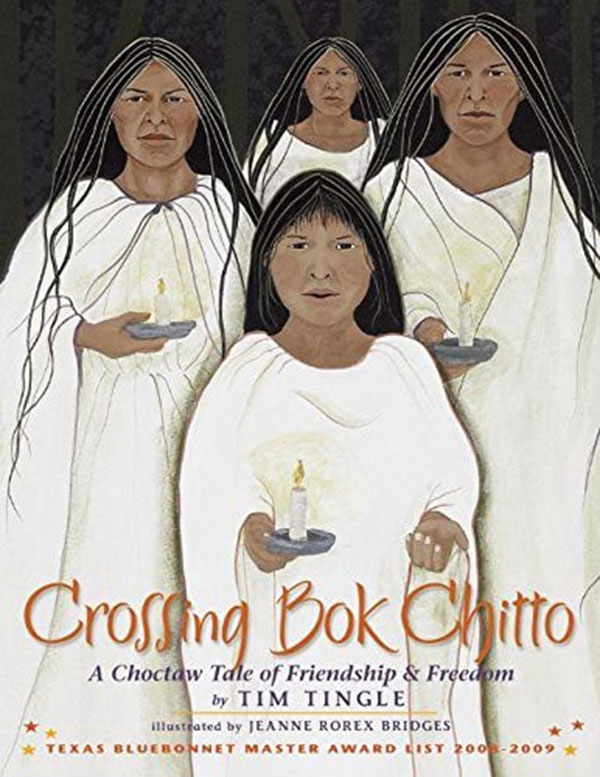
Crossing Bok Chitto:
A Choctaw Tale of Friendship & Freedom
Martha Tom, a young Choctaw girl, knows better than to cross the river, but one day — in search of blackberries — she disobeys her mother and finds herself on the other side. Thus begins the story about seven slaves who cross the big river to freedom, led by a Choctaw girl. It documents a part of history that is little-known: the relationship between the Choctaws — members of a sovereign nation — and the slaves who lived in Mississippi during that time before the Civil War, before the Choctaws were forced out of Mississippi to Oklahoma on the Trail of Tears. Author Tim Tingle says: “Crossing Bok Chitto is a tribute to the Indians of every nation who aided the runaway people of bondage. Crossing Bok Chitto is an Indian book and documented the Indian way. We Indians need to know and embrace our past. Non-Indians should know the sweet and secret fire, as secret as the stones, that drives the Indian heart and keeps us so determined that our way, a way of respect for others and the land we live on, will prevail.” Ages 7–13.
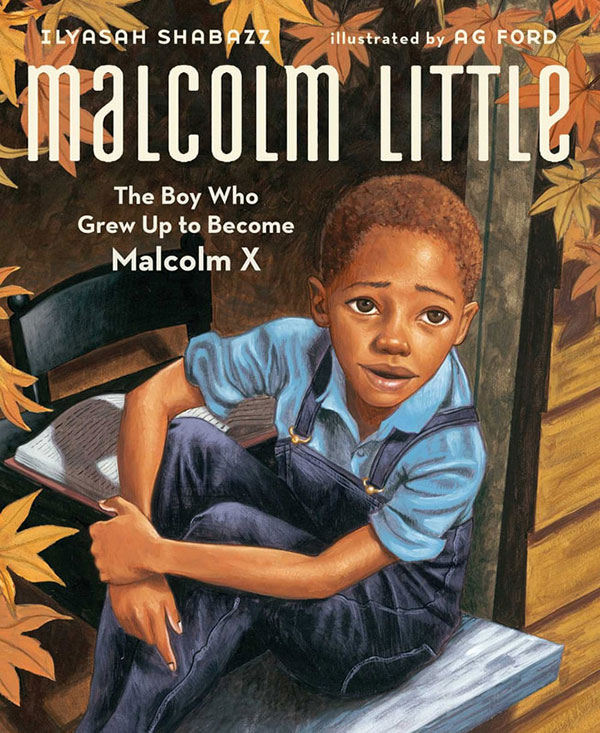
Malcolm Little:
The Boy Who Grew Up to Become Malcolm X
Malcolm X grew to be one of America’s most influential figures. But first, he was a boy named Malcolm Little. Written by his daughter, this inspiring picture book biography celebrates a vision of freedom and justice. Bolstered by the love and wisdom of his large, warm family, young Malcolm Little was a natural born leader. But when confronted with intolerance and a series of tragedies, Malcolm’s optimism and faith were threatened. He had to learn how to be strong and how to hold on to his individuality. He had to learn self-reliance. Ilyasah Shabazz gives us a unique glimpse into the childhood of her father, Malcolm X, with a lyrical story that carries a message that resonates still today — that we must all strive to live to our highest potential. Ages 6–10.
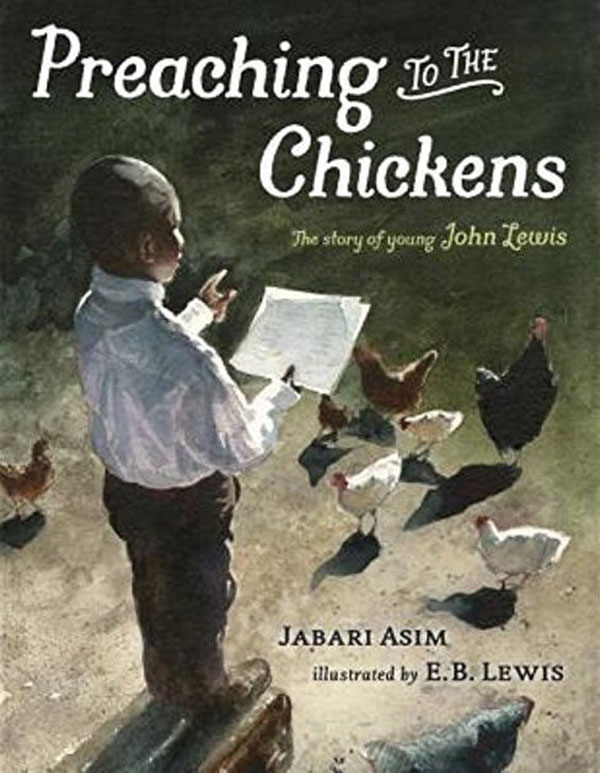
Preaching to the Chickens:
The Story of Young John Lewis
John wants to be a preacher when he grows up — a leader whose words stir hearts to change, minds to think, and bodies to take action. But why wait? When John is put in charge of the family farm’s flock of chickens, he discovers that they make a wonderful congregation! So he preaches to his flock, and they listen, content under his watchful care, riveted by the rhythm of his voice. Celebrating ingenuity and dreaming big, this inspirational story includes an author’s note about John Lewis, who grew up to be a member of the Freedom Riders; chairman of the Student Nonviolent Coordinating Committee; demonstrator on the Edmund Pettus Bridge in Selma, Alabama; and Georgia congressman, who is still an activist today. Ages 4–8.
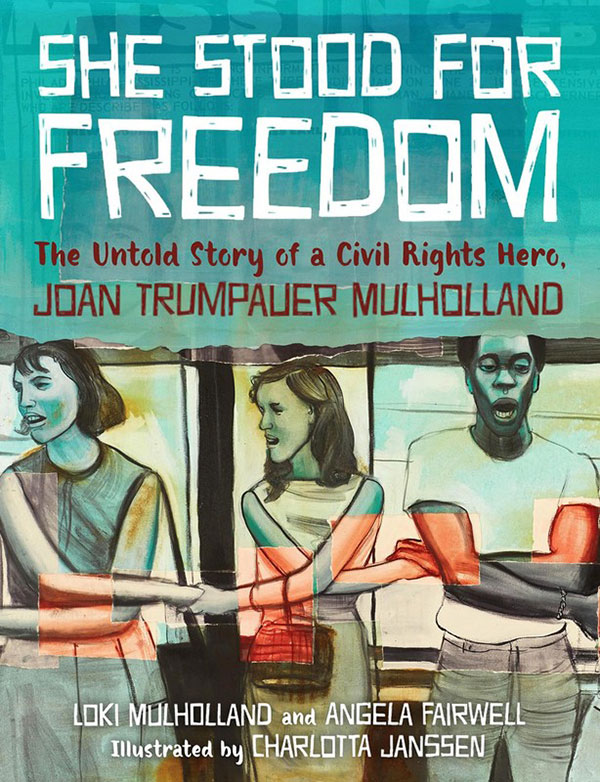
She Stood for Freedom:
The Untold Story of a Civil Rights Hero, Joan Trumpauer Mulholland
Joan was a white teenager in the South during Segregation who put herself on the front lines of the Civil Rights struggle. She attended demonstrations and sit-ins and was one of the Freedom Riders in 1961 who was arrested and put on death row for months at the notorious Parchman Penitentiary. She was the first white person to join in the 1963 Woolworth’s lunch counter sit-ins in Jackson, Mississippi; and that same year, participated in the March on Washington with Dr. Martin Luther King and the Selma to Montgomery march in 1965 which contributed to the passage of the landmark Voting Rights Act that year. Ages 8–10.
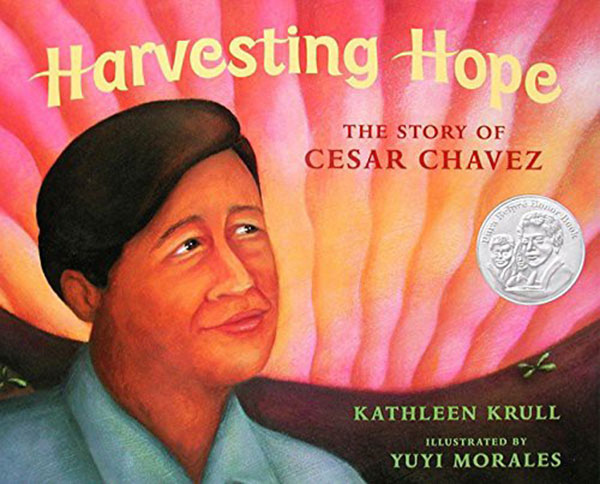
Harvesting Hope:
The Story of Cesar Chavez
Cesar Chavez is known as one of America’s greatest civil rights leaders. When he led a 340-mile peaceful protest march through California, he ignited a cause and improved the lives of thousands of migrant farm workers. But Cesar wasn’t always a leader. As a boy, he was shy and teased at school. His family worked in the fields for barely enough money to survive. Cesar knew things had to change, and he thought that — maybe — he could help change them. So he took charge. He spoke up. And an entire country listened. Ages 4–7.
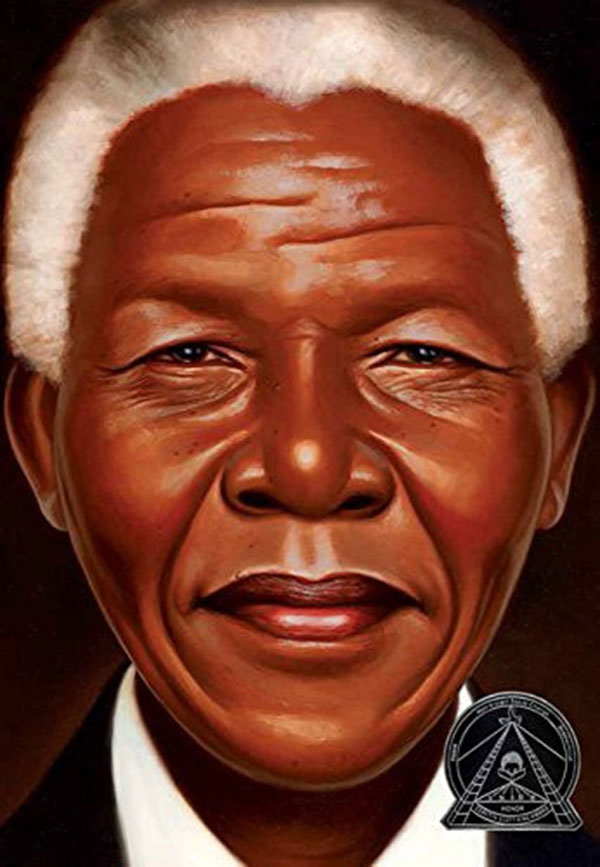
Nelson Mandela
Award-winning author-illustrator Kadir Nelson tells the story of global icon and Nobel Peace Prize winner Nelson Mandela. It is the story of a young boy’s determination to change South Africa, and of the struggles of a man who eventually became the president of his country. Mandela believed in equality for all people, no matter the color of their skin. Readers will be inspired by Mandela’s triumph and his lifelong quest to create a more just world. Ages 4–8.
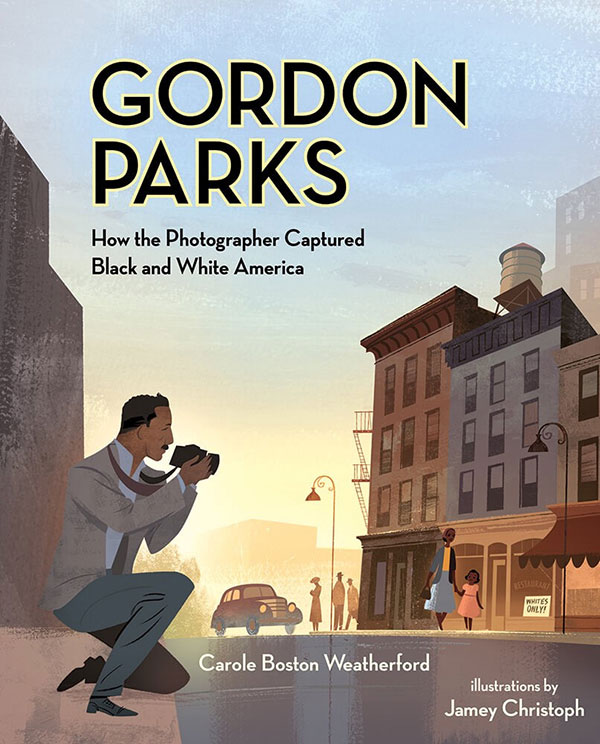
Gordon Parks:
How the Photographer Captured Black and White America
His white teacher tells her all-Black class, “You’ll all wind up porters and waiters”. What did she know? Gordon Parks is most famous for being the first Black director in Hollywood. But before he made movies and wrote books, he was poor and looking for work. When he bought a camera, his life changed forever. He taught himself how to take pictures and before long, people noticed. His success as a fashion photographer landed him a job working for the government. In Washington DC, Gordon went looking for a subject, but what he found was segregation. He and others were treated differently because of the color of their skin. Gordon wanted to take a stand against the racism he observed. With his camera in hand, he found a way. Told through lyrical verse and atmospheric art, this is the story of how, with a single photograph, a self-taught artist got America to take notice. Ages 4–8.
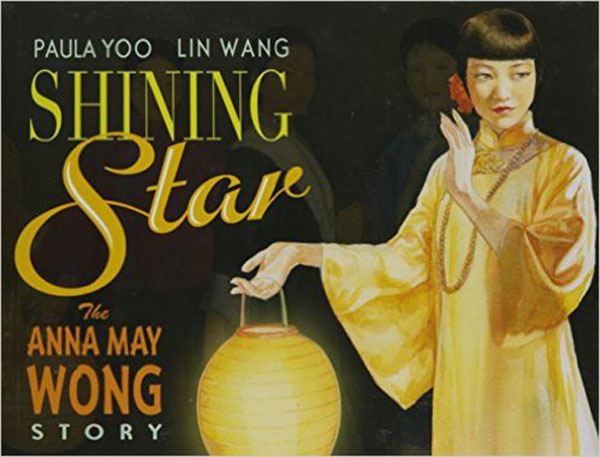
Shining Star:
The Anna May Wong Story
Born in 1905, Anna May Wong spent her childhood working in her family’s laundry in Los Angeles’s Chinatown. Anna May struggled to pursue an acting career in Hollywood in the 1930s. There were very few roles for Asian Americans, and many were demeaning and stereotypical. Finally, after years of unfulfilling roles, Anna May began crusading for more meaningful opportunities for herself and other Asian American actors and refused to play stereotypical roles. As the first Chinese American movie star, she took a stand against racial discrimination in the film industry and was a pioneer of the cinema. Ages 6–11.
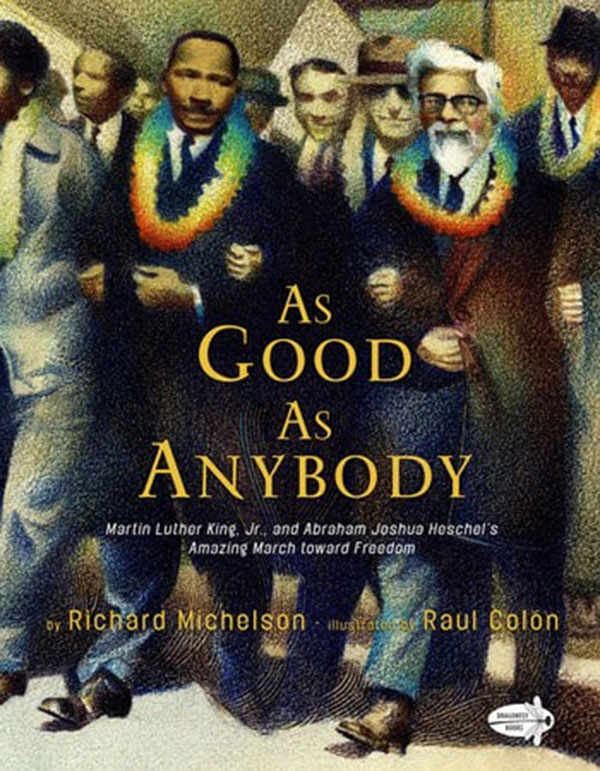
As Good As Anybody:
Martin Luther King Jr., and Abraham Joshua Heschel’s Amazing March Toward Freedom
Their names stand for the quest for justice and equality. Martin grew up in a loving family in the American South, with the country plagued by racial discrimination. He aimed to put a stop to it. He became a minister like his father, and he preached and marched for the cause. Abraham grew up in a loving Jewish family in Germany. In 1938, he was arrested and deported by the Gestapo and his mother and sisters were killed by Nazi’s. He found a new home in America, where he became a respected rabbi like his father, carrying a message of peace and acceptance. This is the story of two icons for social justice, how they formed a remarkable friendship, and turned their personal experiences of oppression into a message of love and equality for all. Ages 6–9.
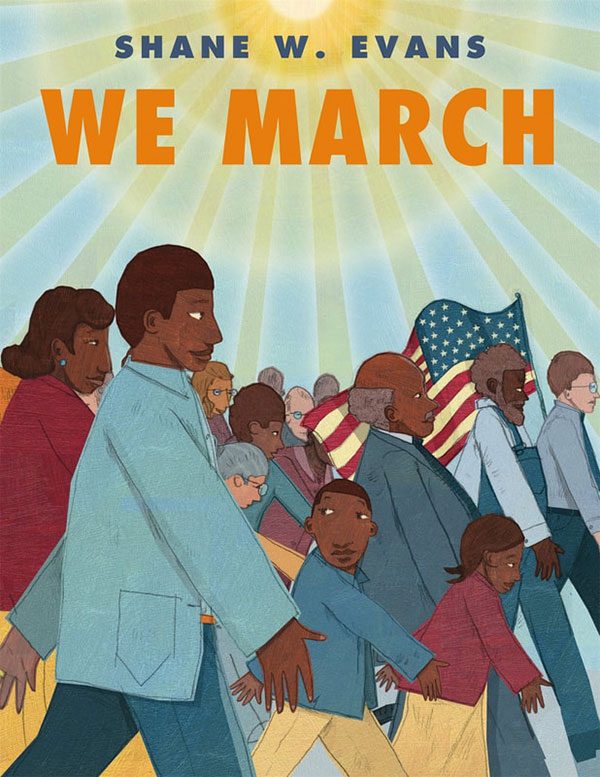
We March
On August 28, 1963, a remarkable event took place — more than 250,000 people gathered in our nation’s capital to participate in the March on Washington for Jobs and Freedom. The march began at the Washington Monument and ended with a rally at the Lincoln Memorial, where Martin Luther King Jr. delivered his historic “I Have a Dream” speech, advocating racial harmony. The thrill of the day is brought to life for even the youngest reader to experience. Ages 2–7.
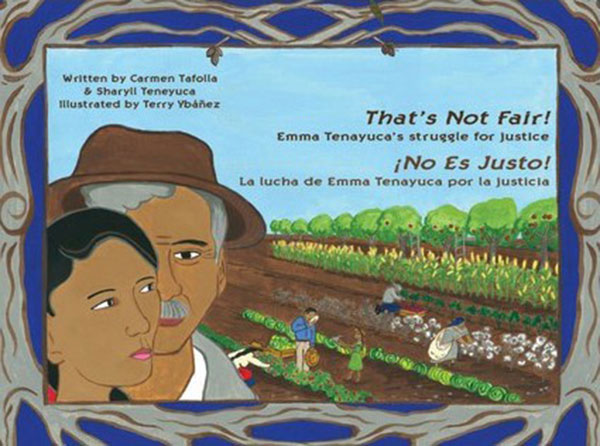
That’s Not Fair!
Emma Tenayuca’s Struggle for Justice
A vivid depiction of the early injustices encountered by a young Mexican-American girl in San Antonio in the 1920’s. Emma Tenayuca learns to care deeply about poverty and hunger during a time when many Mexican Americans were starving to death and working unreasonably long hours for 3 cents/hour in the city’s pecan-shelling factories. Through astute perception, caring, and personal action, Emma begins to get involved, and eventually, at the age of 21, leads 12,000 workers in the first significant historical action in the Mexican-American struggle for justice. Emma’s story serves as a model for young and old alike about courage, compassion, and the role everyone can play in making the world more fair. Ages 5–7.
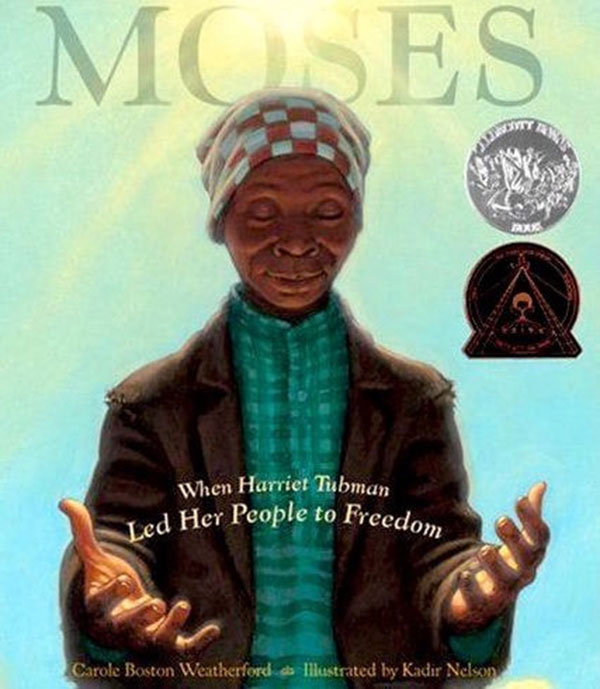
Moses:
When Harriet Tubman Led Her People to Freedom
Carole Boston Weatherford depicts Harriet Tubman’s initial escape from slavery and her mission to lead others to freedom as divinely inspired, and achieved by steadfast faith and prayer. On the eve of her being sold and torn from her family, Tubman prays in her despair. In response, “God speaks in a whip-poor-will’s song. ‘I set the North Star in the heavens and I mean for you to be free.’ The twinkling star encourages Tubman: “My mind is made up. Tomorrow, I flee.” A foreword introduces the concept of slavery for children and an author’s note includes a brief biography of Tubman. Ages 5–8.
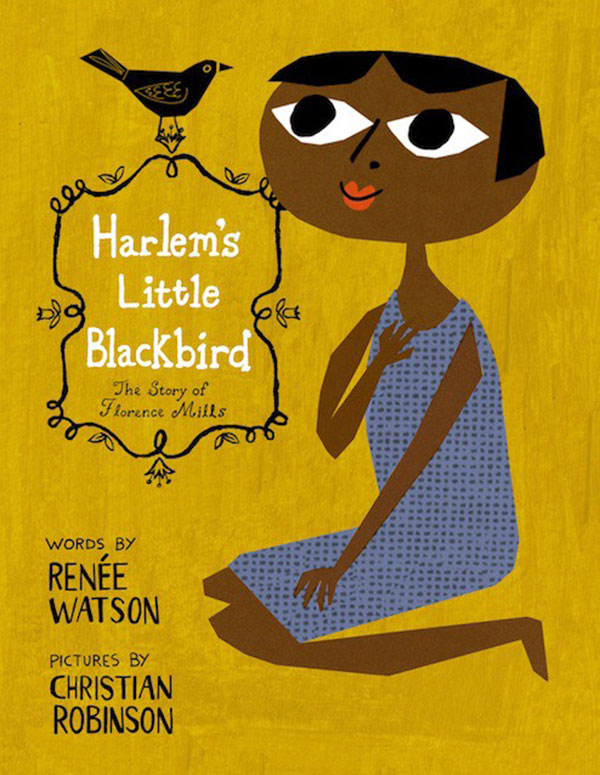
Harlem’s Little Blackbird:
The Story of Florence Mills
Born to parents who were both former slaves, Florence Mills knew at an early age that she loved to sing, and that her sweet, bird-like voice, resonated with those who heard her. Performing catapulted her all the way to the stages of 1920s Broadway where she inspired everyone from songwriters to playwrights. Yet with all her success, she knew firsthand how prejudice shaped her world and the world of those around her. As a result, Florence chose to support and promote works by fellow Black performers while heralding a call for their civil rights. Harlem’s Little Blackbird is a timeless story about justice, equality, and the importance of following one’s heart and dreams. Ages 3–7.
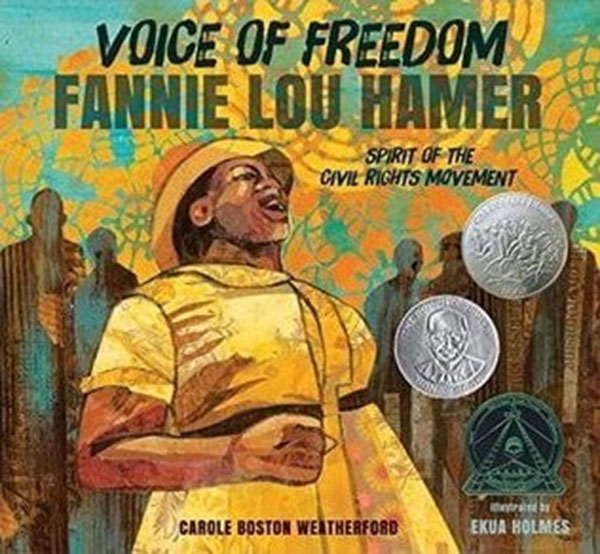
Voice of Freedom:
Fannie Lou Hamer, Spirit of the Civil Rights Movement
Despite fierce prejudice and abuse, even being beaten to within an inch of her life, Fannie Lou Hamer was a champion of civil rights from the 1950s until her death in 1977. Integral to the Freedom Summer of 1964, Ms. Hamer gave a speech at the Democratic National Convention that, despite President Johnson’s interference, aired on national TV news and spurred the nation to support the Freedom
Democrats. Voice of Freedom celebrates Fannie Lou Hamer’s life and legacy with a message of hope, determination, and strength. Ages 9–12.
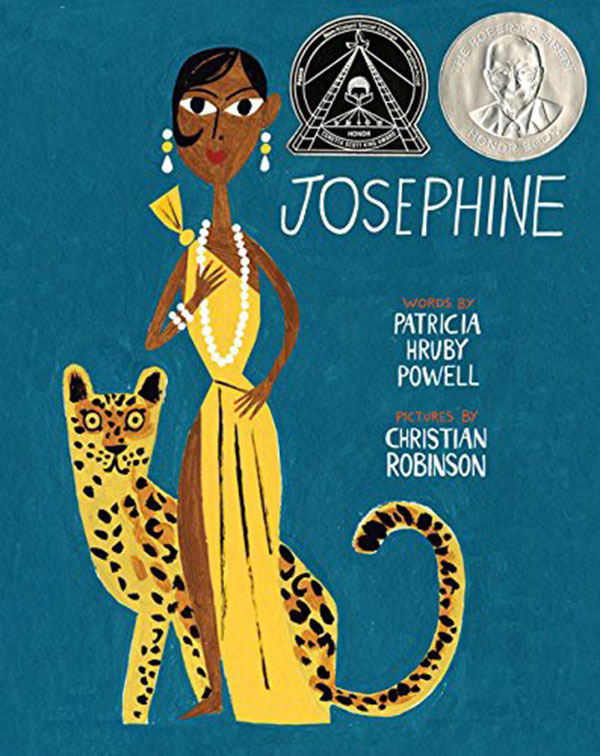
Josephine
Patricia Hruby Powell and Christian Robinson create an extraordinary portrait for young people of the passionate performer and civil rights advocate Josephine Baker, the woman who worked her way from the slums of St. Louis to the grandest stages in the world. Josephine used her platform to fight for racial equality and civil rights, and refused to dance in segregated American dance halls. Josephine is a powerful story of struggle and triumph. Ages 10–13.
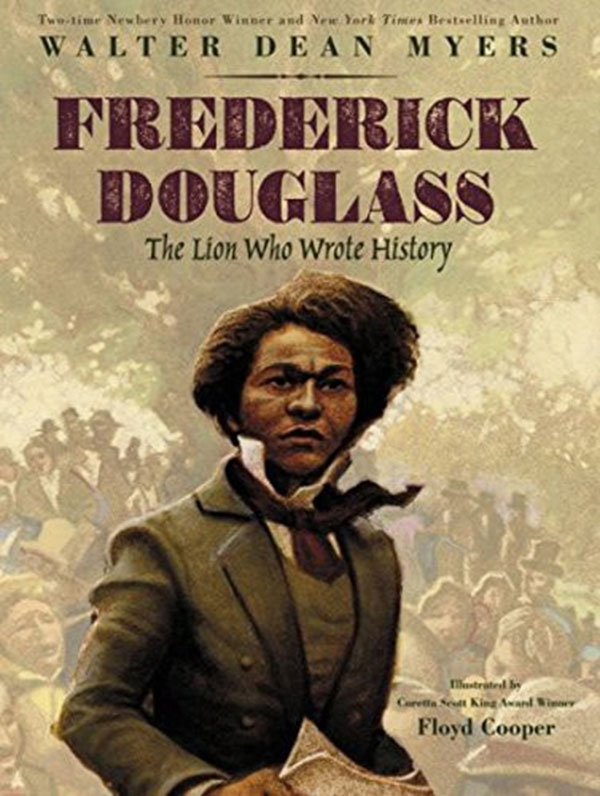
Frederick Douglass:
The Lion Who Wrote History
Frederick Douglass was a self-educated slave in the South who grew up to become an icon. He was a leader of the abolitionist movement, a celebrated writer, an esteemed speaker, and a social reformer, proving that, as he said, “Once you learn to read, you will be forever free.” Ages 6–10.
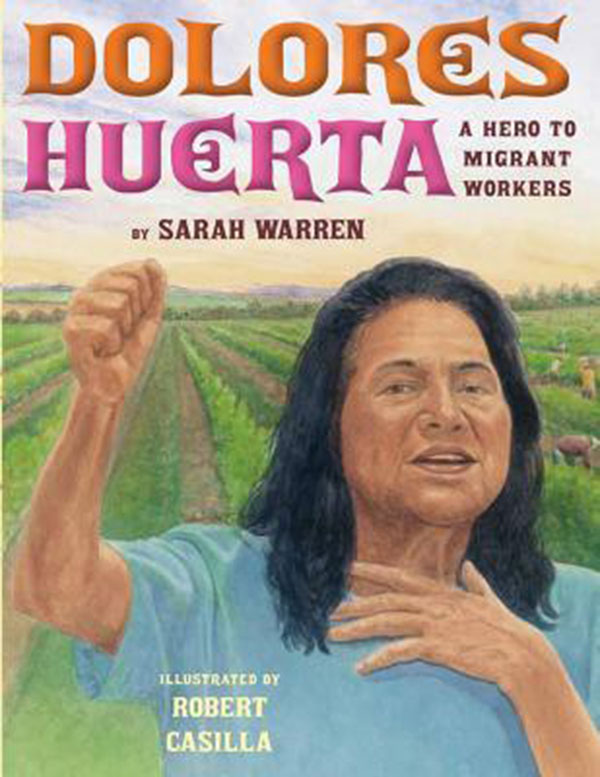
Dolores Huerta:
A Hero to Migrant Workers
Dolores wants to know why her students are too hungry to listen, why they don’t have shoes to wear to school. When she finds out that the farm workers in her community are poorly paid and working under dangerous conditions, she stands up for their rights. This is the story of Dolores Huerta and the extraordinary battle she waged to ensure fair and safe workplaces for Mexican and Mexican American migrant workers. Ages 6–8.
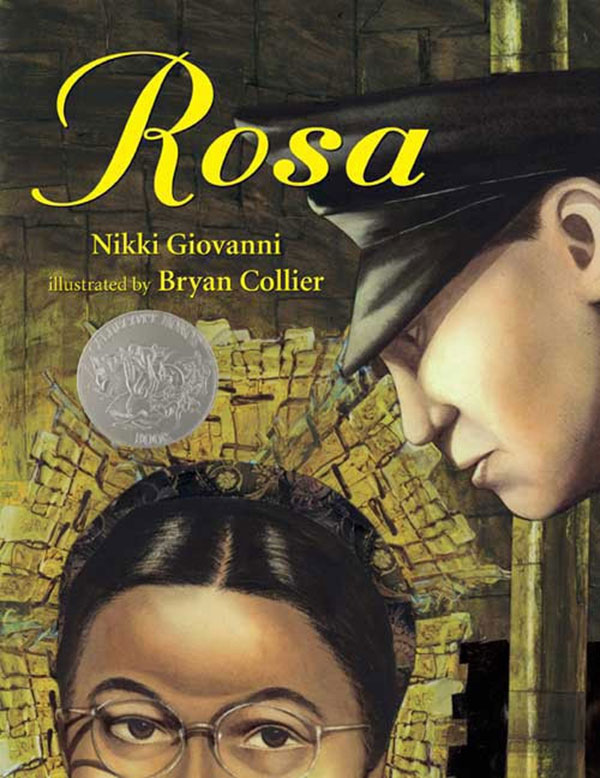
Rosa
Fifty years after her refusal to give up her seat on a Montgomery, Alabama, city bus, Mrs. Rosa Parks is still one of the most important figures in the American civil rights movement. This tribute to Mrs. Parks is a celebration of her courageous action and the events that followed. Ages 4–8.
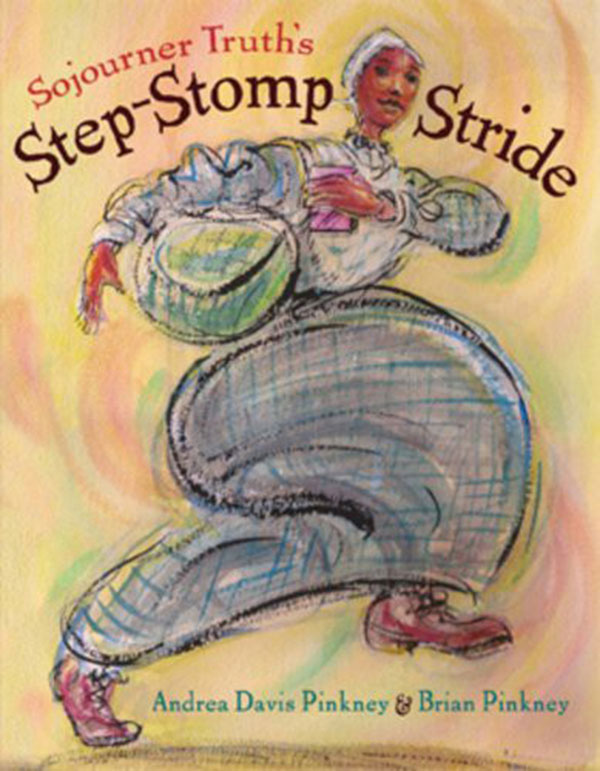
Sojourner Truth’s Step-Stomp Stride
Born into slavery, Belle had to endure the cruelty of several masters before she escaped to freedom. But she knew she wouldn’t really be free unless she was helping to end injustice. That’s when she changed her name to Sojourner and began traveling across the country, demanding equal rights for Black people and for women. Many people weren’t ready for her message, but Sojourner was brave, and her truth was powerful. Ages 5–9.
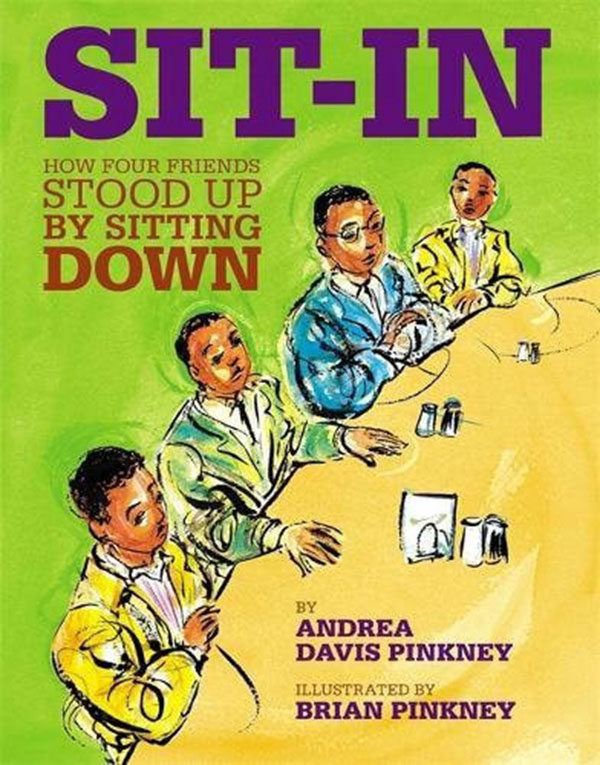
Sit-In:
How Four Friends Stood Up By Sitting Down
This picture book is a celebration of the 50th anniversary of the momentous Woolworth’s lunch counter sit-in, when four college students staged a peaceful protest that became a defining moment in the struggle for racial equality and the growing civil rights movement. Andrea Davis Pinkney uses poetic, powerful prose to tell the story of these four young men, who followed Dr. Martin Luther King Jr.’s words of peaceful protest and dared to sit at the “whites only” Woolworth’s lunch counter. Ages 7–10.
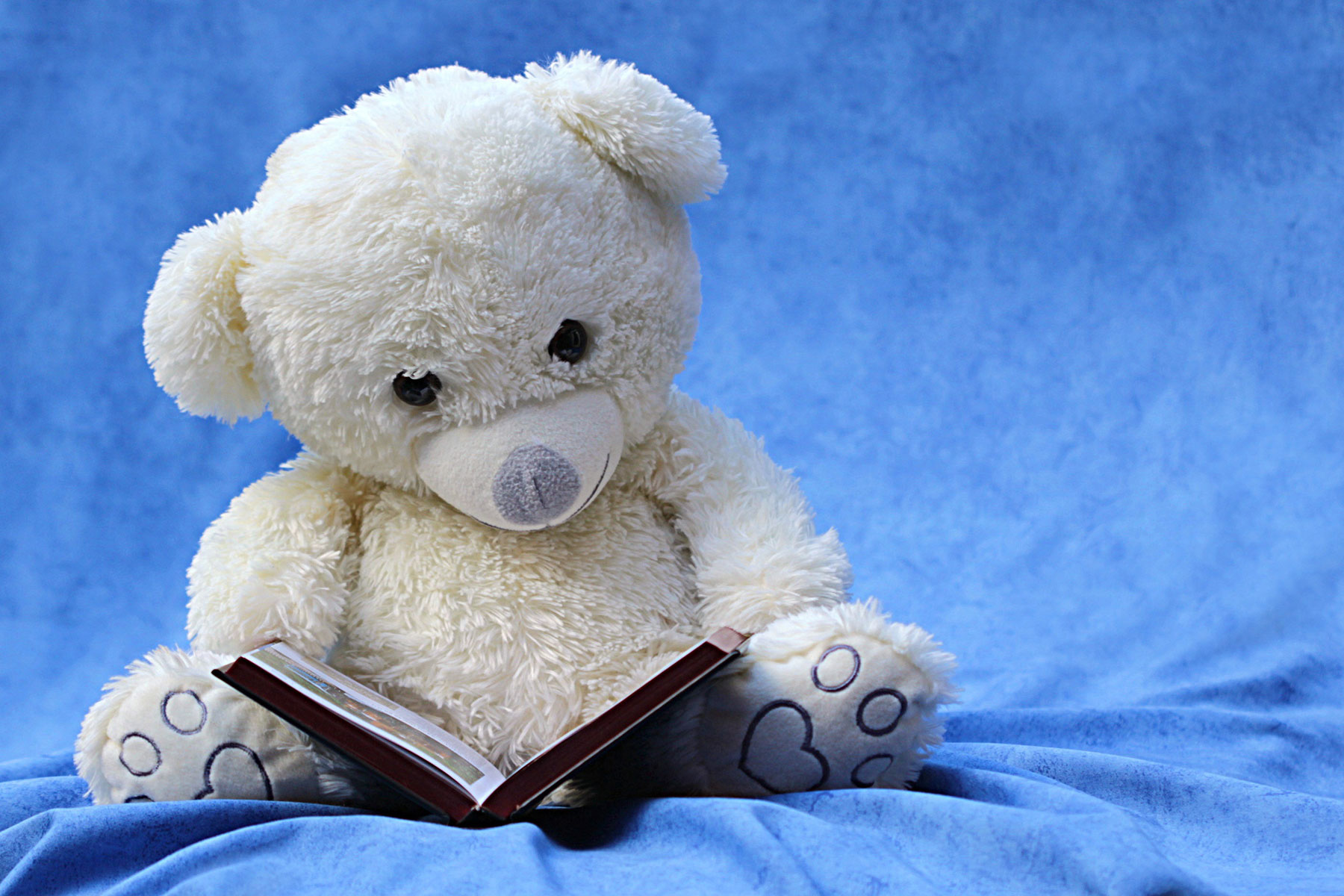
EmbraceRace is a multiracial community of people supporting each other to help nurture kids who are thoughtful, informed, and brave about race.
The Conscious Kid Library is an education, research, and policy organization dedicated to reducing bias, promoting positive identity development, and empowering youth to engage in social justice activism. They promote access to diverse children’s books that center and celebrate empowered images and narratives of underrepresented and oppressed groups.
American Indians in Children’s Literature (AICL) provides critical perspectives and analysis of indigenous peoples in children’s and young adult books, the school curriculum, popular culture, and society.
Raising Race Conscious Children is an education organization that provides direct supports to parents and teachers who are trying to talk about race and diversity with children. They provide resources and trainings to support adults and are committed to preparing young people to work toward racial justice.
Originally published on embracerace.org as 26 children’s books to support conversations on race, racism & resistance



